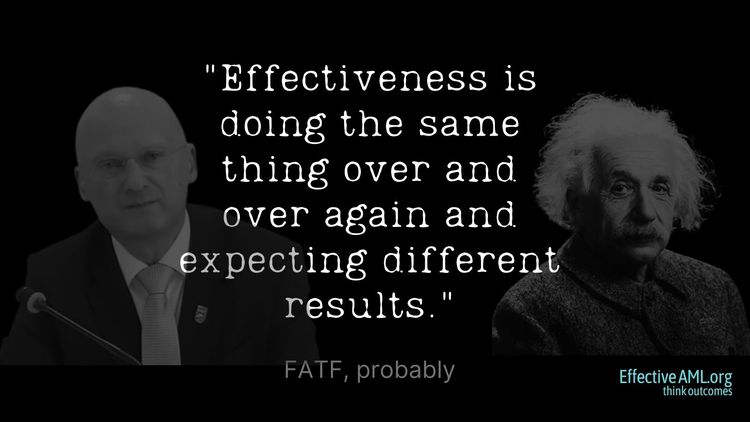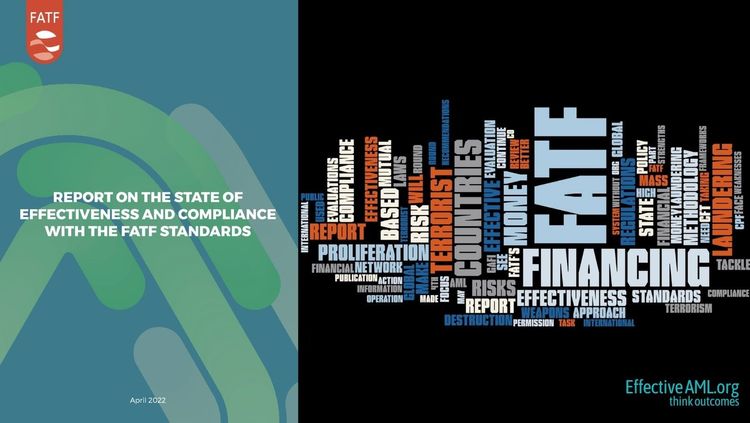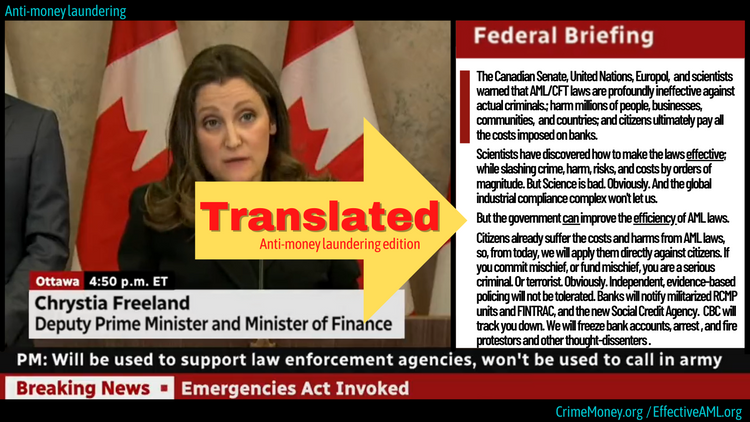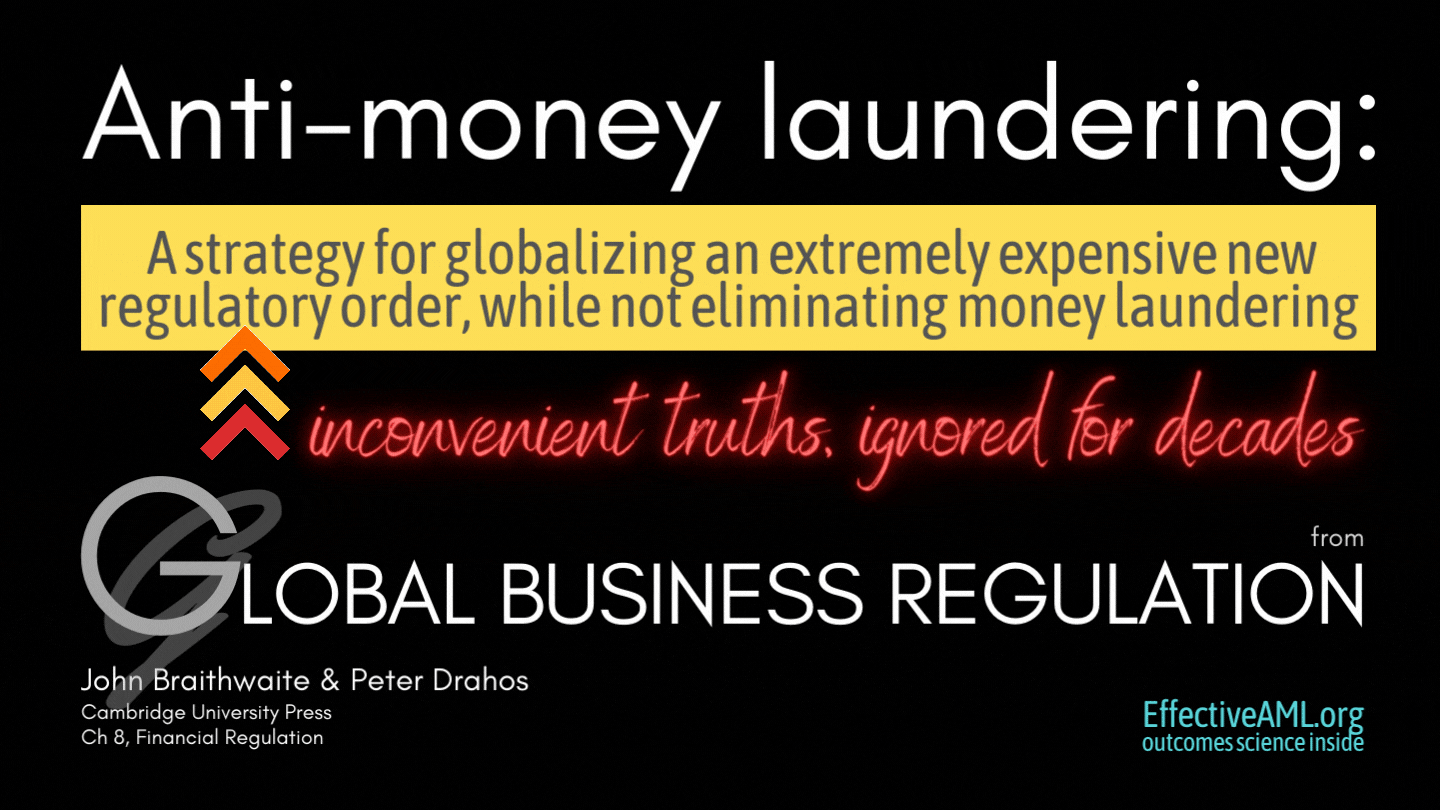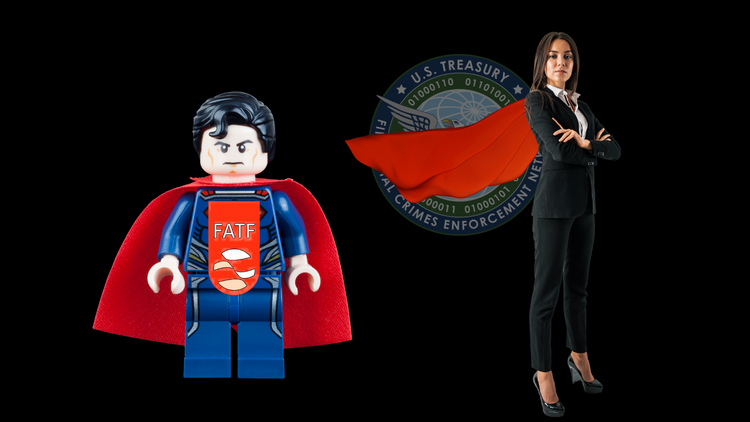Why anti-money laundering is like Gallipoli

Famously unprepared for modern warfare, World War I generals sent millions to their deaths against machine guns, tanks, barbed wire, and gas – before adjusting their mindset from habit and dogma (what we’ve always done and “know” to be true) to the reality of evidence and pragmatism of effectiveness and outcomes (what works).
On one legendary occasion, still marked annually in Australia and New Zealand with reflective solemnity and vows never to forget its poignant lessons, eight long months passed – with growing evidence of bodies piled high and almost zero territory successfully taken – before WWI leaders faced harsh realities.
As the war against money laundering lurches into a fourth decade with battle plan unchanged, and scientists and the United Nations describe almost zero territory successfully taken and a body count in the millions, it is time to reflect on forgotten lessons.
Into battle, endless battle
The “war” against money laundering is often framed in martial terms, with strident battle cries imploring armchair warriors to “combat” money laundering and “fight” financial crime.
I have long felt the analogy odd, but Sam Neill, a Kiwi actor and winemaker, shared a story recently with uncanny parallels to the war on money laundering, and an uplifting message about the powerful impact from the simple act of looking at something we think we know, from a different perspective.

